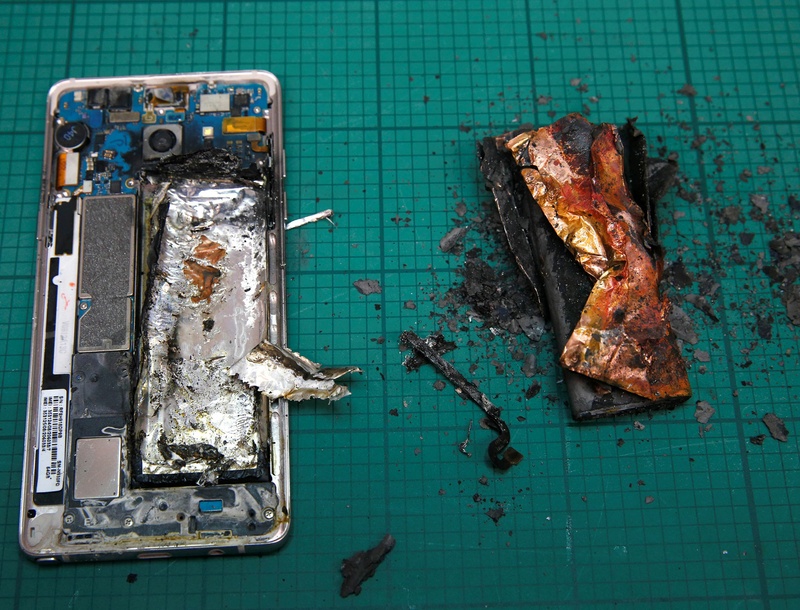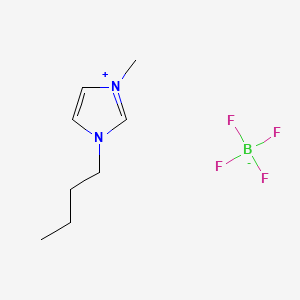Seems like two things are getting confused here. One is the risk of exposure to toxic compounds formed during the combustion of lithium batteries, the other is from the slow leaching of battery components from batteries left in land fill sites.The batteries, which are found in billions of consumer devices like smartphones and tablets, were found to leak more than 100 toxic gases including carbon monoxide. The gases, which are potentially fatal, can cause strong irritation to the skin, eyes and nasal passages, and harm the wider environment.
Do you need any further infos? If yes, just ask, as there is a big bundle of information on the internet about the dangers of certain cell types.
Lithium-ion batteries found to produce toxic gases
Lithium-ion batteries can produce dozens of dangerous gases when overheated, according to a new study from the Institute of NBC Defence and Tsinghua University in China.eandt.theiet.org
Furthermore, different company's add slightly different chemicals to the "mix", making it difficult to know what levels of poison are developed.
A recent announcement from Tesla, suggests that they are not going to use Lithium batteries in their cars anymore in 2021, for reasons of safety!
These videos will educate you further, if you watch them:-
Andy
Lithium ion batteries contain metals such as Lithium, Cobalt and Manganese amongst others, but also a lot of organic compounds such as solvents and room temperature ionic liquids, or inorganic ions.
For organic solvents, these are typically Ethylene Carbonate, Diethyl Carbonate or Dimethyl Carbonate, N-Methyl Pyrrolidone etc.
Inorganic ions can be: LiPF6, LiBF4, LiClO4
Room temperature ionic liquids include compounds such as 1-Butyl-3-methylimidazolium-tetrafluoroborate.
During combustion Carbon Monoxide can be produced, which is problematic in confined spaces, it can kill quickly and silently. But it is not a persistent contaminant of the environment. The Fluorinated compounds could create Hydrofluoric Acid in a fire. Again, not a persistent compound, but very, very nasty if you get it on your skin or you breathe it in.
In terms of leaching into the environment, Cobalt compounds are suspected carcinogens, but I would be most worried about the organic components of the batteries.
They can range from being classed as irritants to teratogenic, to highly toxic, depending on the compounds that are used.
e.g.:

1-Butyl-3-methylimidazolium tetrafluoroborate
1-Butyl-3-methylimidazolium tetrafluoroborate | C8H15BF4N2 | CID 2734178 - structure, chemical names, physical and chemical properties, classification, patents, literature, biological activities, safety/hazards/toxicity information, supplier lists, and more.
At present, very little Lithium cell recycling is undertaken, so a lot will be ending up in landfill.







